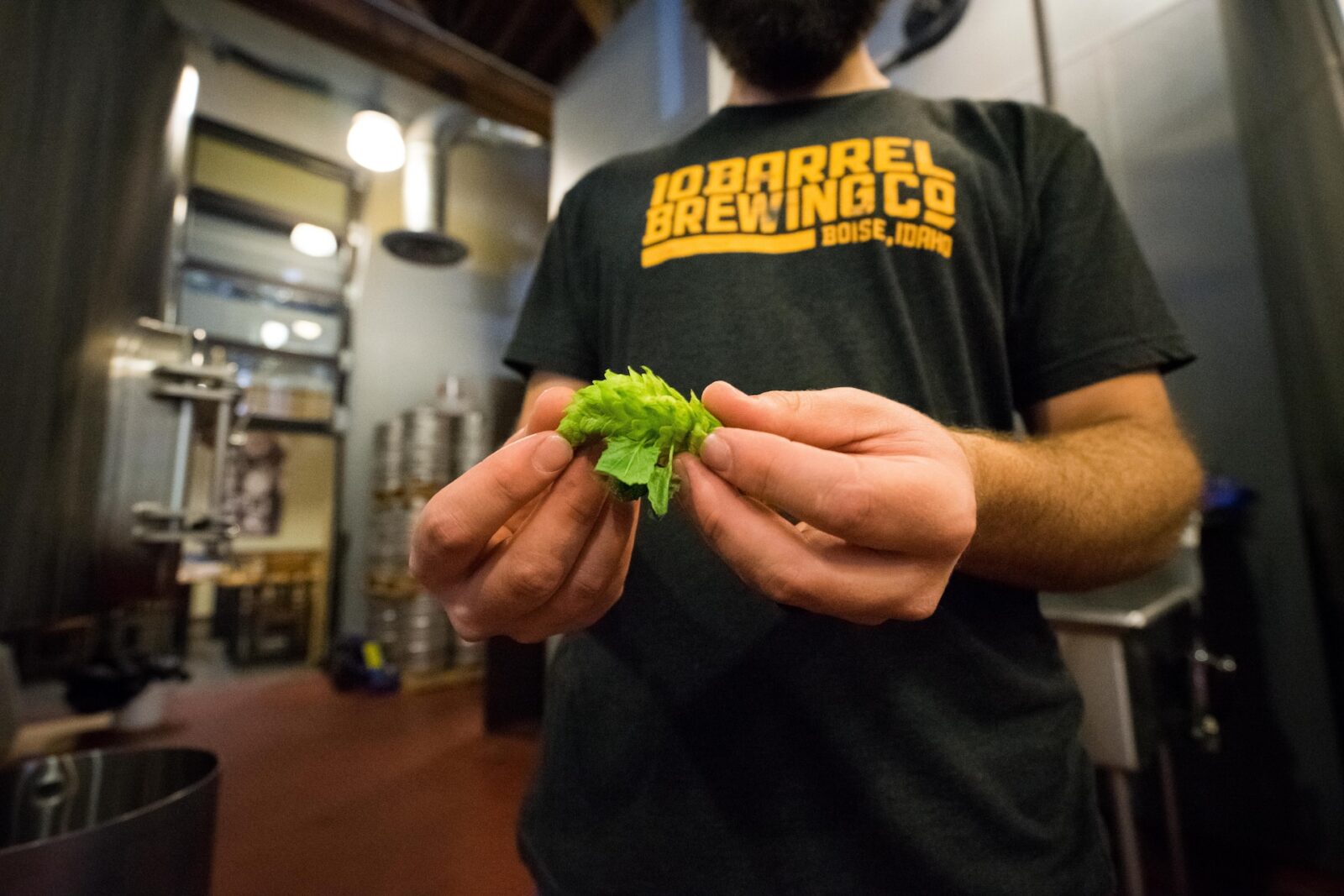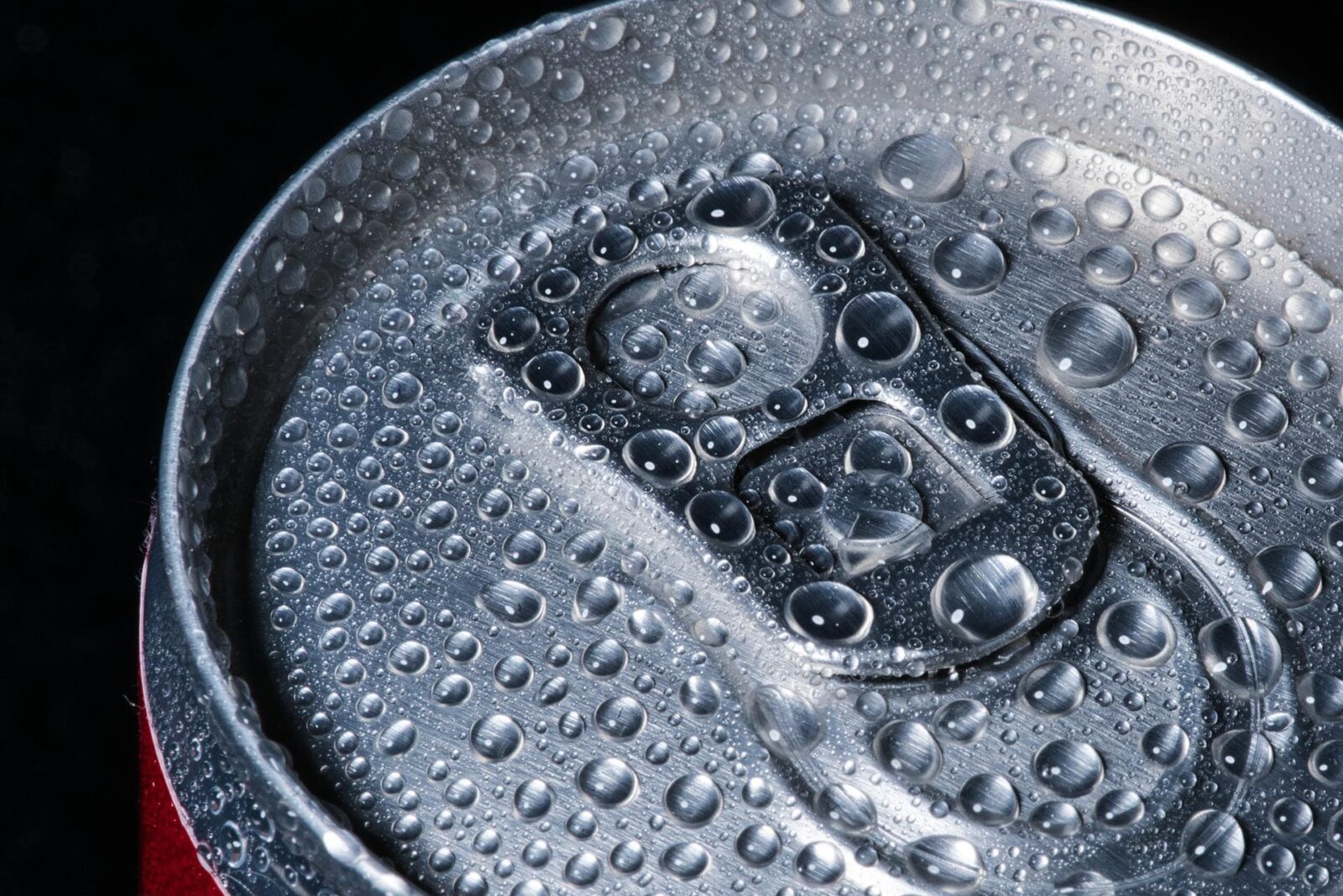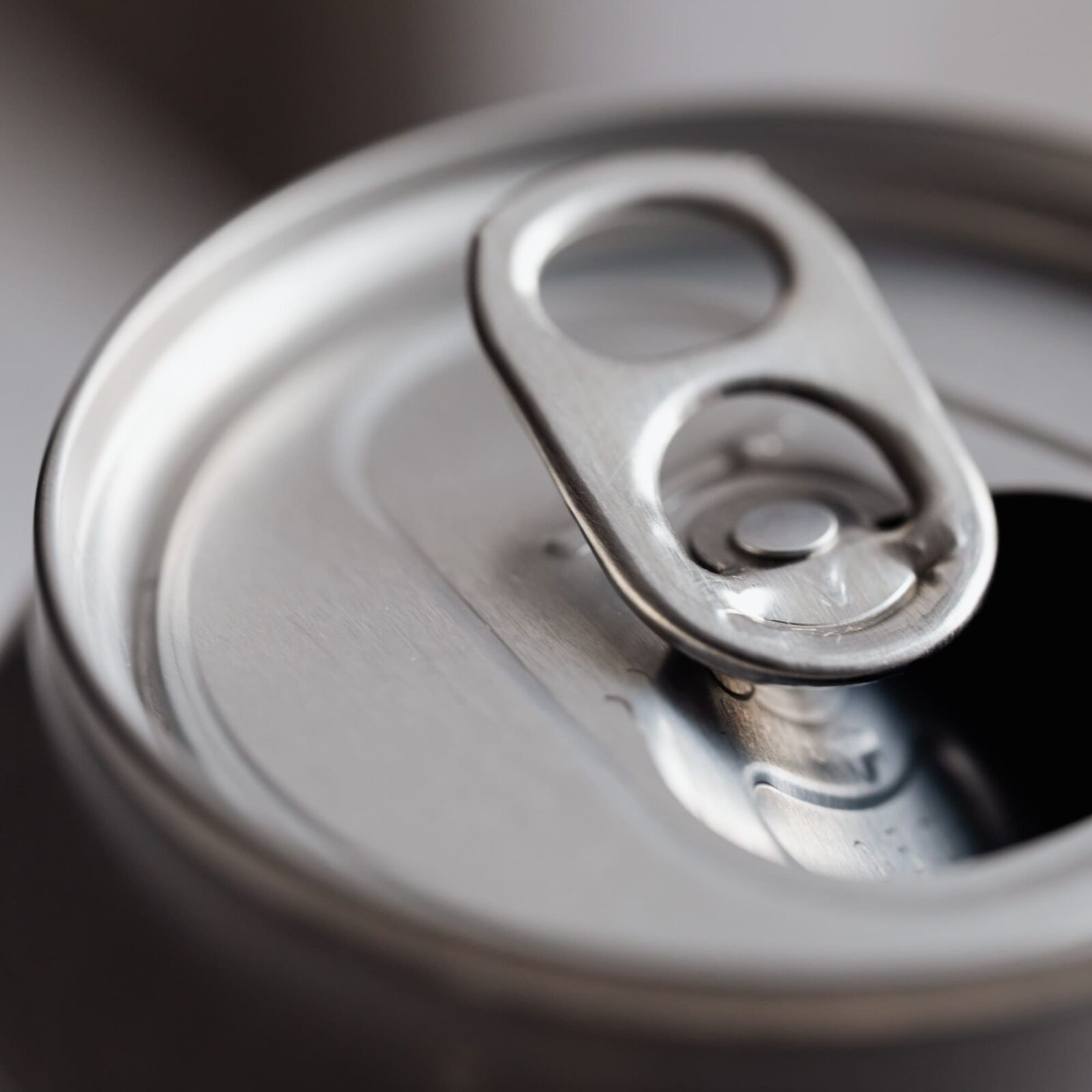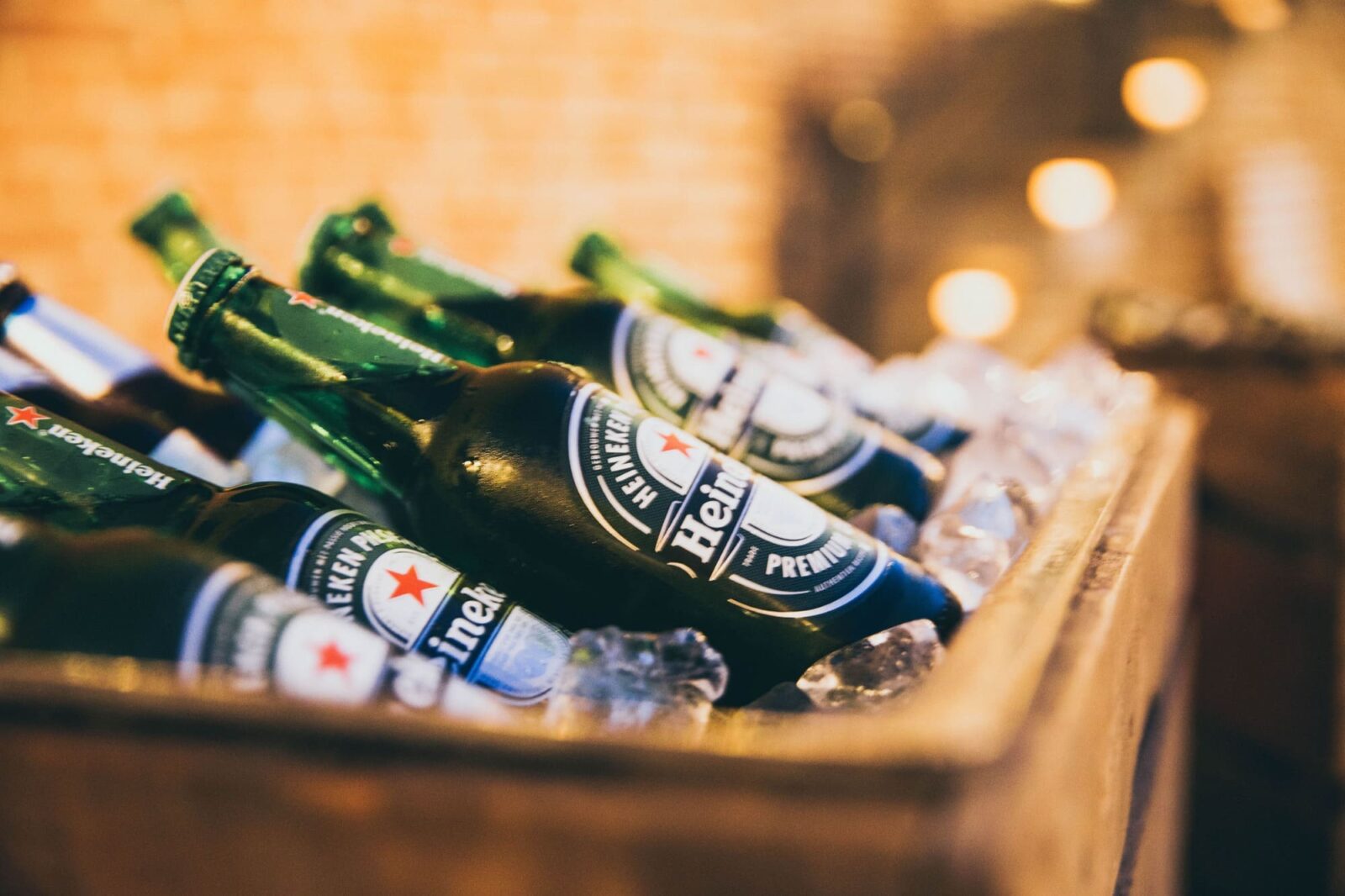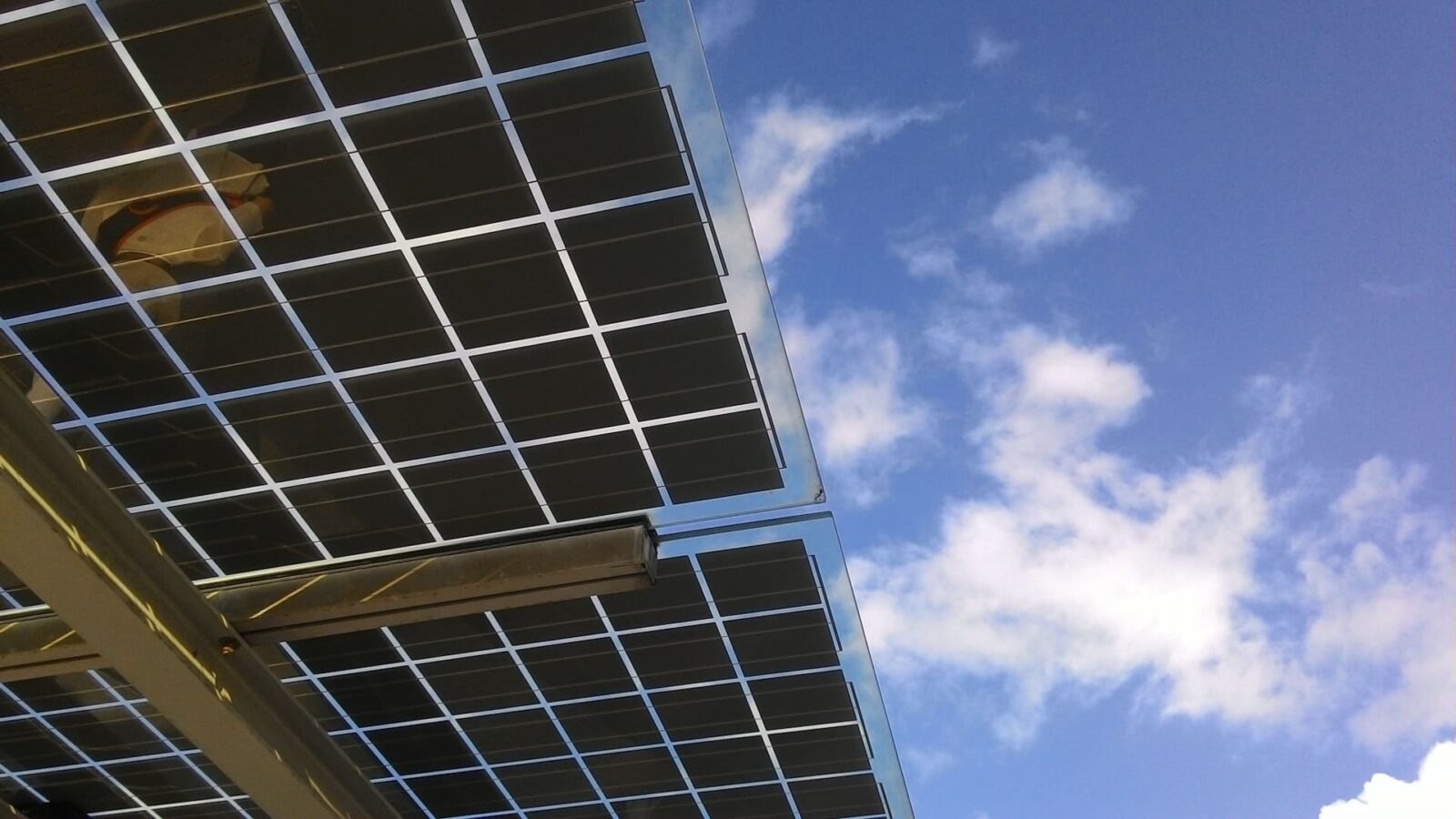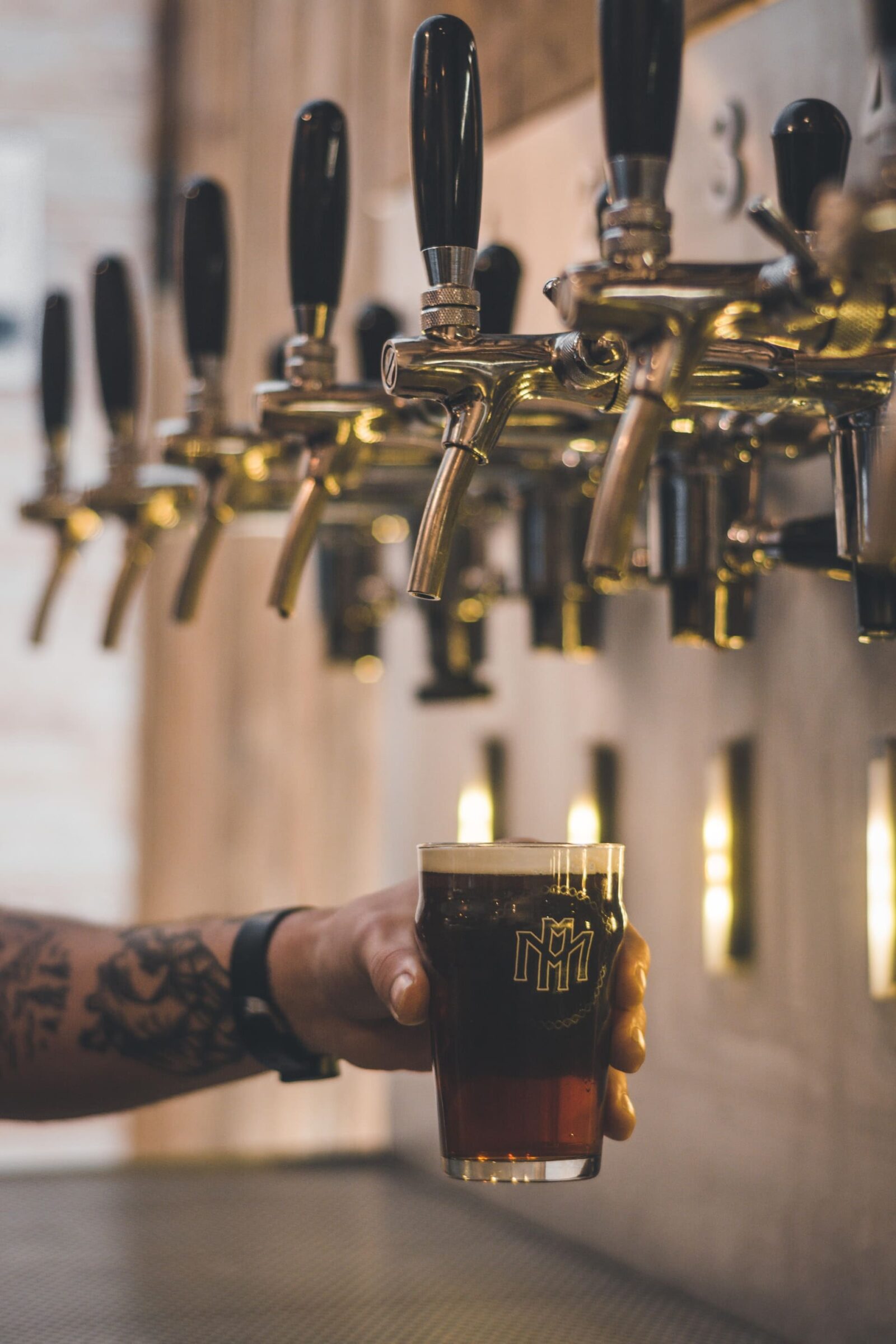A report from food and drink manufacturing consultancy NIRAS has flagged the opportunity for brewers to set new industry standards, as sustainability moves from ‘nice to have’ to ‘must have’…
As the craft beer industry continues to grow, it’s essential for breweries to prioritize sustainability. Adopting eco-friendly practices not only benefits the environment but also enhances your brand reputation and can lead to long-term cost savings. In this article, we will explore ten practical ways in which craft breweries can become more sustainable.
As the craft brewing industry continues to experience exponential growth, many craft breweries are starting to feel the effects of inflation. With the cost of ingredients and labor on the rise, craft breweries are looking for new and innovative ways to save money and stay afloat in these turbulent economic times. This article will provide 20 cost-saving strategies that craft breweries can employ to help them survive inflation in 2023. Each of these strategies has proven to be effective in helping craft breweries cut costs, increase efficiency, and remain profitable.
The European Commission has released its proposals for EU-wide rules on packaging to ‘tackle this constantly growing source of waste and of consumer frustration’. But what will this mean for the beverage industry?
Last year, the brewing industry surfed the choppy waves of carbon dioxide shortages, a tight labor market, and spiking expenses, as inflation impacted everything from cans to grains to freight. “Nearly everything costs more than it did before the pandemic,” says Bart Watson, the chief economist at the Brewers Association. “Brewers haven’t been able to fully pass those costs onto customers, meaning lower margins.”
Pernod Ricard USA will invest $22m in creating its first-ever RTD canning line, located at its Fort Smith plant in Arkansas: boosting its ability to bring RTDs to market swiftly.
Heineken Vietnam has unveiled its largest brewery in Ba Ria Vung Tau: which has become the region’s largest after multiple expansions over the last five years.
Brewers have long been at the forefront of environmental causes and sustainable initiatives. From recycling to energy-efficient equipment, craft breweries have long worked to leave a minimal footprint in a very resource-heavy industry. The recent shock on fuel prices and rising energy costs along with an aging power grid in many states has caused breweries of all sizes to think about alternative energy sources or bringing equipment in-house to keep the lights on and taps flowing.
Breweries have already been facing higher costs for raw materials like aluminum and barley as a result of inflation. Craft breweries across America have been on the front lines of businesses facing higher material costs because of inflation. Now, many are confronting a shortage of a key ingredient: carbon dioxide, the gas that gives beer its crisp, effervescent taste. And one brewer has already said it plans to shut down a key manufacturing plant and lay off workers as a result.

